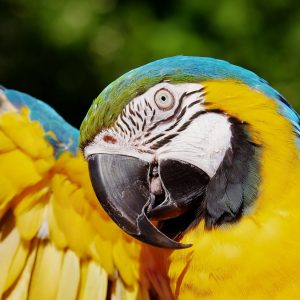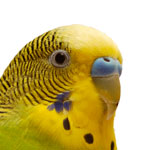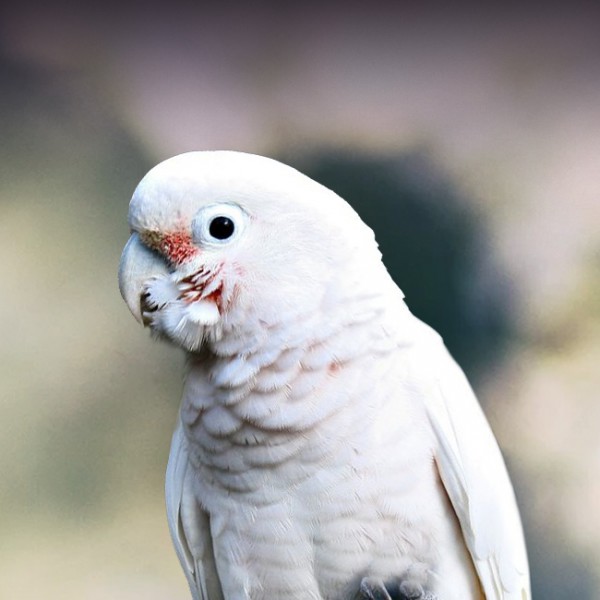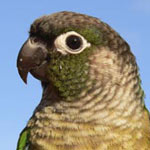Researchers at Harvard University have found that humans arent the only ones who can groove to a beat — some other species can dance, too. This capability was previously believed to be specific to humans. The research team found that only species that can mimic sound seem to be able to keep a beat, implying an evolutionary link between the two capacities.
The study was led by Adena Schachner, a doctoral candidate in psychology at Harvard, and is published in the current issue of Current Biology. Schachners co-authors are Marc Hauser, professor of psychology at Harvard, Irene Pepperberg, lecturer at Harvard and adjunct associate professor of psychology at Brandeis University, and Timothy Brady, a doctoral candidate at the Massachusetts Institute of Technology.
Schachner and her colleagues closely studied Alex, a well-known African grey parrot who passed away shortly after the study, and Snowball, a sulphur-crested cockatoo whose humanlike dancing behavior had led to online fame.
“Our analyses showed that these birds movements were more lined up with the musical beat than wed expect by chance,” says Schachner. “We found strong evidence that they were synchronizing with the beat, something that has not been seen before in other species.”
The researchers noted that these two birds had something in common: an excellent ability to mimic sound.
“It had recently been theorized that vocal mimicry might be related to the ability to move to a beat,” says Schachner. “The particular theory was that natural selection for vocal mimicry resulted in a brain mechanism that was also needed for moving to a beat. This theory made a really specific prediction: Only animals that can mimic sound should be able to keep a beat.”
To test this prediction, Schachner needed data from a large variety of animalsso she turned to a novel source of data, the YouTube video database. Schachner systematically searched the database for videos of animals moving with the beat of the music, including vocal mimics such as parrots and vocal non-mimics such as dogs and cats.
Schachner analyzed the videos frame-by-frame, using the same analyses applied to the case-study birds. Criteria included the animals speed compared to the speed of the music and alignment with individual beats. Potentially “fake” videos were omitted, where music was added to the video after the fact, or the animal was following visual movement.
“The really important point is that many animals showed really strong evidence of synchronizing with the music, but they were all vocal mimics,” says Schachner. “Most of them were parrots — we found 14 different species of parrot on YouTube that showed convincing evidence that they could keep a beat.”
Because only animals capable of vocal mimicry – such as parrots – appear to be able to keep a beat, the study implies an evolutionary link between vocal mimicry and this crucial part of dance.
“Our data suggests that some of the brain mechanisms needed for human dance originally evolved to allow us to imitate sound,” says Schachner.
It is important to note that vocal mimicry alone is not enough for a bird to keep a beat, although the researchers arent yet certain why some parrots can dance and not others. It may be that all parrots have a latent capacity, but need certain experiences or social motivation, according to Schachner.
Schachner says that these birds do not seem to move in synchrony with sounds in the wild, and so the behavior could not have evolved as a result of direct natural selection. For this reason, in bird species this capacity must be an evolutionary byproduct of something else, says Schachner, seemingly vocal mimicry.
It may be, says Schachner, that the human ability to keep time with music has also evolved as a byproduct of vocal mimicry. She points out that the cognitive processes needed for both actions are related.
“In both vocal mimicry and entrainment,” says Schachner, “youre taking in auditory input, and constantly monitoring not only your output but also the sound input. This allows you to fix your output in real time, to better resemble or line up with what you hear. For example, if you are tapping to a beat, you constantly monitor the sound and your taps, so that if you become misaligned with the beat, you immediately change your timing. If you are imitating a sound, you constantly monitor your memory of the sound you are trying to imitate, as well as the sound you are producing, so if you notice a difference, you can change your vocalization. So it seems plausible that vocal mimicry and keeping a beat might rely on some of the same mechanisms.”
Why Parrots Dance & The Music Genre Most Birds Hate
 Our response to music is seen in many different ways and on many different levels. Music can induce happiness, sadness, and a multitude of other emotions. Its why we listen to it. But do animals experience the same type of emotions that we do? The internet is awash with YouTube videos of parrots and other birds bopping along to a song. Of course, a song lyrics meaning is presumably lost on a parrot, but certainly the music, with its varied sets of beats, harmonies, vocal patterns and other elements, can invoke a behavior in a bird that is often relatable. Plus, its easy to recognize that birds themselves employ their own birdsong with which to communicate and to infatuate others of their kind.
Our response to music is seen in many different ways and on many different levels. Music can induce happiness, sadness, and a multitude of other emotions. Its why we listen to it. But do animals experience the same type of emotions that we do? The internet is awash with YouTube videos of parrots and other birds bopping along to a song. Of course, a song lyrics meaning is presumably lost on a parrot, but certainly the music, with its varied sets of beats, harmonies, vocal patterns and other elements, can invoke a behavior in a bird that is often relatable. Plus, its easy to recognize that birds themselves employ their own birdsong with which to communicate and to infatuate others of their kind.
Birdsong has been studied extensively since Darwin to see if it is a characteristic that produces pleasing music. Over time, researchers have examined the various brain reactions to music to ascertain the true intentions or whether birds experience a pleasurable “reward” moment. Scientists discovered that female birds responded to birdsong in a manner similar to humans, without delving into the exceedingly intricate testing phases designed for a 2012 Emory University study. To put it briefly, female birds’ brains use the same neural pathways that the human brain uses. They showed a different acceptance for male birds, one that was more difficult to categorize as neutral, negative, or positive. In fact, some songs appeared to make male birds angry.
Regarding music produced by humans that a bird hears, many bird watchers believe that birds appreciate it and occasionally show this appreciation through dancing. Typical parrot dances include pumping and bobbing motions, pacing back and forth, and other movements that could be interpreted as a physical reaction to the music being played. It’s true that certain birds pick up movement during their “favorite” song because they were trained to do so. Many owners just turn on a song and start dancing, which causes the bird to mimic. The bird will eventually learn to “jump start” and “dance” to the same song that taught it how to do so.
Ultimately, there are many stories of birds responding to a particular style of music, even to the point of rejecting a song by behavior recognizable to the owner as a dislike response. Other studies have supported that parrots can be choosy as to the type of music they prefer. Some seem to prefer calm and complex classical music, some calm Pop, while others appreciate louder, more raucous tunes. But it was determined that most, if not all, of the birds disliked the popular electronic dance music. Given human and creature individuality, its not surprising that birds exhibited a unique preference to what they were willing to hear.
A different, tiny study revealed that some parrots could choose songs on their own. The installation of touch screens in the birds’ cages allowed them to easily access a variety of musical genres, revealing individual preferences. Over a month-long period, the two parrots individually chose their favorites at least 1,400 times. This study recommends giving parrots in their cages access to select jukeboxes as an additional form of self-entertainment.
Much is still unknown about how birds appreciate music. However, one thing is certain among bird owners: their birds appear to enjoy some sort of music, albeit not harsh ambient electronica. categories.










Schachner states, “Our analysis revealed that these birds’ movements were more in sync with the musical beat than we would anticipate by chance.” Strong evidence was discovered by us indicating that they were synchronizing with the beat, which has never been observed in other species. “.
Schachner claims that since these birds don’t appear to move in time with sounds in the wild, direct natural selection cannot have led to the evolution of this behavior. Because of this, Schachner claims that this ability in bird species must be an evolutionary byproduct of something else, possibly vocal mimicry.
Use this form if you have come across a typo, inaccuracy or would like to send an edit request for the content on this page. For general inquiries, please use our contact form. For general feedback, use the public comments section below (please adhere to guidelines).
The scientists discovered that these two birds shared a remarkable capacity for sound imitation.
Harvard University researchers have discovered that some other species can dance in time to the beat, proving that humans are not the only ones who can do so. This capability was previously believed to be specific to humans. The study team discovered that only animals with auditory mimicry abilities appear to have rhythmic awareness, suggesting an evolutionary connection between the two abilities.
FAQ
Can birds dance to the beat of music?
What kind of music do birds dance to?
Do birds respond to music?